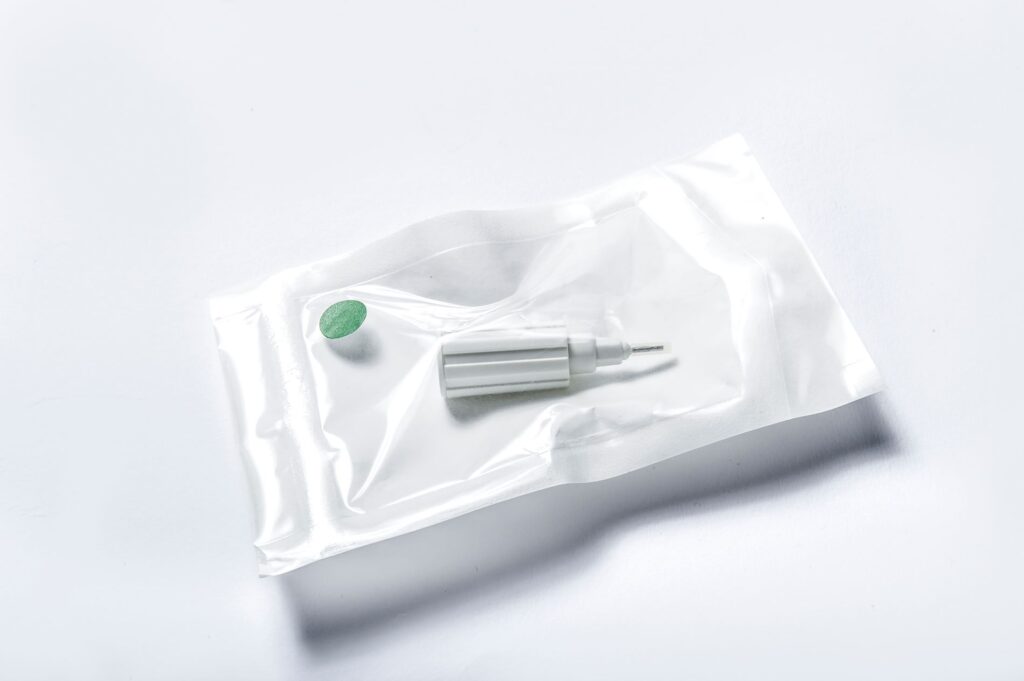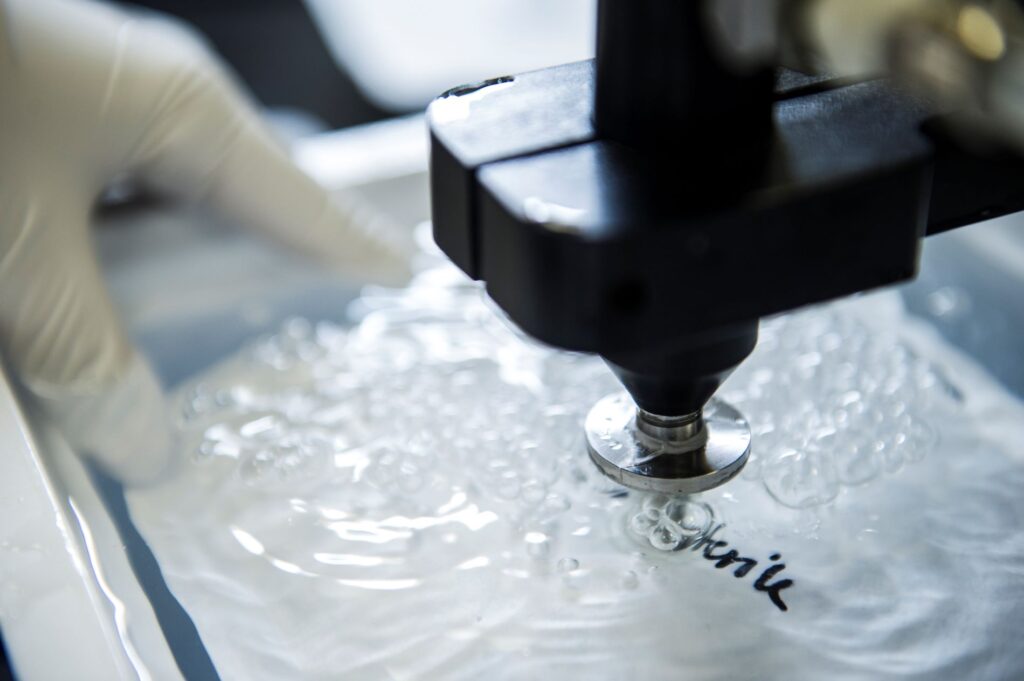Medical device packaging is more than just an outer shell. It plays a crucial role in ensuring the devices’ safety, sterility, and user experience.
From understanding the unique needs of end users to evaluating the characteristics of the devices themselves, every step in the design process is essential. Factors such as shipping, storage, materials, and compliance with regulations all come into play.
In this article, we will explore the various considerations integral to the design of medical device packaging. Whether you are a medical device manufacturer, a packaging designer, or a healthcare professional involved in the procurement and use of these devices, understanding the nuances of packaging design is paramount to ensuring the integrity and effectiveness of medical devices.
Join us as we dive into the world of medical device packaging and unlock its potential to enhance the delivery of life-saving medical devices.
Understanding Medical Device Packaging Design
Medical device packaging refers to the materials and design used to enclose and protect medical devices. It serves as a critical barrier that safeguards the device from contamination, damage, and external environmental factors throughout its journey from manufacturing to end use.
The packaging serves multiple purposes beyond protection. It provides important information about the device, such as instructions for use, warnings, and expiration dates. It may also include features like tamper-evident seals or indicators to provide assurance that the device has not been compromised or tampered with.
Custom vs. Pre-Validated Packaging
Before we delve into the design process, let’s clarify two primary approaches: custom packaging and pre-validated packaging.
Custom packaging involves the design and development of unique packaging solutions tailored specifically to the device’s requirements. This approach allows for greater flexibility and customization but may require more time, resources, and validation efforts.
On the other hand, pre-validated packaging involves using pre-existing, standardized packaging solutions that have already undergone validation and testing for specific types of medical devices. These packaging options have been proven to meet industry standards and regulatory requirements, and often they can get to market more quickly and cost-effectively with no sacrifice in quality.
However, both custom and pre-validated packaging have their advantages and considerations, and it is crucial to carefully evaluate and select the most suitable option for each specific medical device.

Design Process
When it comes to design itself, this process involves several stages, including:
- Research
- Concept development
- Prototyping, and
- Testing.
In the research and concept development phase, packaging engineers consider factors such as the device’s size, shape, and fragility, as well as any specific handling or storage requirements. Prototyping allows designers to create physical or virtual models of the packaging design, enabling them to evaluate its functionality, aesthetics, and usability. And the final step – testing plays an integral role in verifying the performance of the packaging.
All of these stages require collaboration between several parties to ensure compliance with industry standards and regulations. Specifically, packaging engineers and designers work closely with manufacturers, quality experts, and production teams to refine the packaging design and address any potential issues or concerns.
Key Considerations for Medical Device Packaging Design
Now that we have a basic understanding of what medical device packaging is and the various stages involved in its design process, let’s dive into the key considerations that drive effective medical device packaging design. By focusing on these considerations, packaging engineers and designers can create solutions that meet the needs of end users, ensure device integrity, and contribute to the overall success of medical devices.
Understanding the Ultimate End Users and Their Needs
In order to create packaging that meets the needs of end users, it’s essential to have a good understanding of their requirements, preferences, and limitations.
Consider factors such as the environment in which the device will be used, the knowledge and training of the users, and any special considerations for specific patient populations. For example, packaging designed for healthcare professionals may require clear labeling, intuitive opening mechanisms, and compatibility with their workflow, while packaging for patients may prioritize ease of use, clear instructions, and patient-friendly features.
Evaluating The Medical Device In Use
When evaluating the medical device in use, packaging engineers and designers must carefully assess its unique characteristics. Factors such as its size, shape, fragility, and any specific handling or storage instructions should be considered in order for the packaging to provide adequate protection and support during transportation and storage.
A device with irregular shapes or protruding components may require custom-fitted inserts or specialized compartments to ensure a secure fit and prevent movement that could potentially lead to damage.
Thinking Now About Shipping, Transportation, And Storage
When considering shipping, transportation, and storage, packaging engineers must account for the various challenges and potential risks that the medical device may encounter throughout its journey to reach the end user.
Temperature variations can have a significant impact on the integrity and functionality of medical devices since extreme temperatures can affect performance or even lead to irreversible damage. Another important factor to consider is humidity as excessive moisture can lead to corrosion, degradation of materials, or the growth of microorganisms.
During transportation, the medical device is susceptible to physical impacts and vibrations which is why packaging should be designed to withstand these stresses and provide adequate cushioning and shock absorption.
Making Careful Decisions On Packaging Material Cost And Supply
Packaging engineers and designers must carefully weigh various factors to ensure the optimal balance between cost-effectiveness and performance. These considerations include:
- Sterility: For medical devices that require sterility, packaging materials must be compatible with the chosen sterilization method, which are typically steam, ethylene oxide, or gamma irradiation. It is also important to evaluate the cost of materials in relation to their ability to maintain sterility and preserve the device’s integrity until the point of use.
- Durability: Packaging materials should be selected based on their durability to ensure they can withstand the rigors of transportation, handling, and storage. And while more durable materials may come at a higher cost, their ability to provide robust protection can reduce the risk of damage and potential device failure.
- Ease of Opening: As mentioned, the packaging should be designed with user convenience in mind. Easy and intuitive opening mechanisms can improve the overall user experience and reduce the risk of errors or accidental device damage during the opening process.
- Disposal: Considering the environmental impact of packaging materials is another thing to keep in mind. Eco-friendly and recyclable materials help minimize waste and contribute to sustainability efforts. However, it’s important to balance environmental concerns with device requirements and regulatory compliance since some medical devices may require specific disposal methods or materials due to their nature or potential contamination risks.
- Cost-Effectiveness: Evaluating the cost-effectiveness of packaging materials involves considering their overall quality, performance, and availability. Cheaper materials may initially reduce costs but could compromise the packaging’s ability to protect the device effectively.
By carefully considering these factors, packaging engineers can make well-informed decisions about the selection of packaging materials. This enables them to strike the perfect balance between cost, quality, and functionality, resulting in packaging solutions that effectively safeguard the medical device while being economically viable.
However, the process doesn’t stop at material selection. To ensure a steady supply and availability of packaging materials, close collaboration with suppliers and manufacturers is essential. This collaboration allows for ongoing assessments of material costs, market trends, and alternative options. By staying updated with the latest information, packaging engineers can identify cost-effective solutions without compromising quality or regulatory compliance.

Importance of testing and validating the packaging design
After carefully designing the packaging based on the aforementioned factors, the design goes through rigorous testing. Testing and validation ensure that the packaging meets the required criteria, and effectively protects the device throughout its lifecycle. Apart from that, rigorous testing allows packaging engineers to identify and address any potential issues that may arise.
Common types of tests conducted on medical device packaging include:
- Leak Tests: Since leakage can compromise the sterility and functionality of the device, these tests are designed to assess the packaging’s ability to maintain an airtight seal and prevent the ingress of contaminants. Methods such as dye penetration, bubble emission, or pressure decay tests are employed to identify any leaks and ensure the packaging effectively retains its integrity.
- Strength Tests: Strength tests assess the durability and structural integrity of the packaging. They evaluate the packaging’s ability to withstand physical stress during transportation and handling. Simulating real-world scenarios, these tests involve compressing, vibrating, and impacting packaging.
- Aging Tests: During aging tests, packaging materials and designs are subjected to conditions that simulate the effects of time and environment. They assess the packaging’s performance over an extended period, including its ability to withstand temperature variations, humidity, and exposure to light. Aging tests help evaluate the packaging’s stability and durability, ensuring that it can maintain its protective properties and functionality throughout its intended shelf life.
- Compatibility Tests: Compatibility tests assess the interaction between the packaging materials and the medical device. They evaluate whether the packaging materials or components can potentially react with the device or its contents, leading to degradation or compromise of its performance. These tests are particularly important when using materials such as plastics or adhesives that may have chemical interactions with the device.
Subjecting the packaging to these and other relevant tests, packaging engineers can validate its performance, functionality, and compliance with industry standards and regulations. These tests provide critical data and insights to refine the packaging design and make necessary improvements. It is through testing and validation that packaging engineers can confidently ensure that the packaging will effectively protect the medical device, maintain its sterility, and meet the needs of end users.
Conclusion
Looking ahead, the field of medical device packaging design is poised for continuous innovation and improvement. As technology advances and new materials become available, packaging engineers and designers have the opportunity to explore novel solutions that further enhance the safety, usability, and sustainability of medical device packaging.
One area that holds great promise is the integration of smart packaging technologies. Imagine packaging that can monitor and report key parameters such as temperature, and humidity, or even detect breaches in sterility. However, while these advancements are currently being researched and developed, their wide-scale adoption in medical device packaging faces technical and regulatory challenges. Once these hurdles are overcome, smart packaging technologies could revolutionize the way medical devices are packaged, ensuring optimal conditions throughout the supply chain and providing valuable data for quality control and regulatory compliance.
Furthermore, as the focus on sustainability and environmental impact intensifies, the development of eco-friendly packaging materials and recycling solutions will become increasingly important. Collaboration across disciplines will continue to be crucial in driving innovation in medical device packaging design.
Here, at Pro-Tech Design, we are dedicated to staying at the forefront of medical device packaging design. If you have any questions or concerns, we invite you to reach out to us or drop a comment below. We’ll be more than happy to assist you and provide further information.
Summary
- Medical device packaging design is essential for ensuring safety, sterility, and user-friendliness.
- Key considerations include understanding end users’ needs, evaluating device characteristics, and addressing shipping, transportation, and storage challenges.
- Careful decisions on packaging material cost, durability, ease of opening, and disposal are important.
- Collaboration between packaging engineers, manufacturers, healthcare professionals, and regulatory experts is crucial.
- Design factors include sterility maintenance, usability, and safety.
- Testing and validation are vital to ensure packaging meets the criteria and effectively protects the device.
- The field is poised for continuous innovation, with opportunities in smart packaging technologies and sustainable materials.

